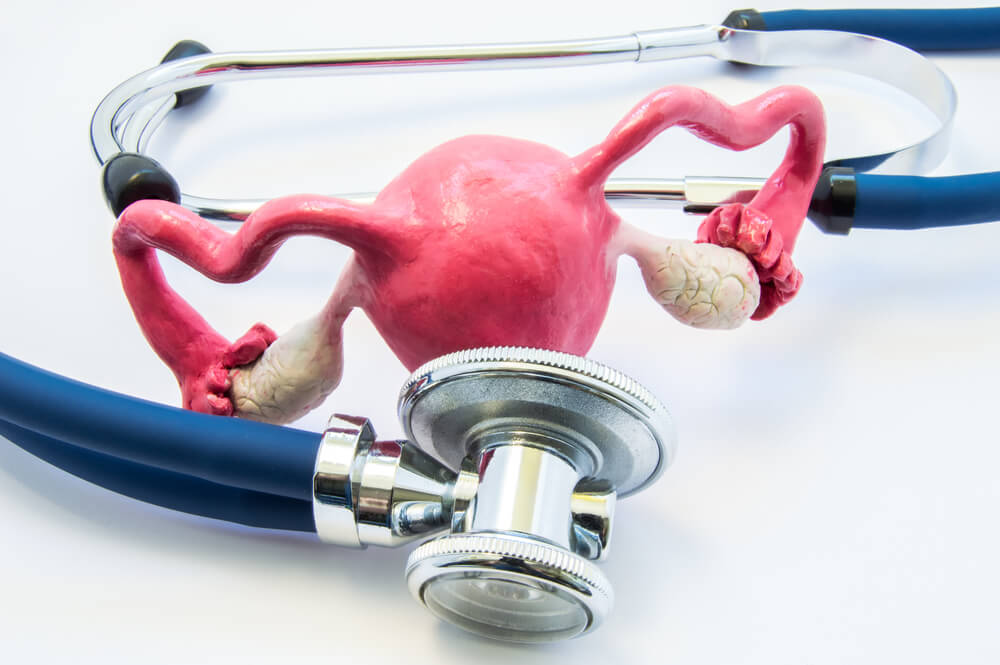Pelvic organ prolapse is a disorder that happens to many women worldwide and in the U.S. However, it is a less known topic, and many often don’t talk about it.
If you have problems with this condition and don’t have much information about it, we are here to help you.
We will talk about pelvic organ prolapse stages, prolapse pain, and why it occurs. We will touch bases on preventing it and how small lifestyle changes can affect your life.
What Is Pelvic Organ Prolapse?
It is a condition where the muscles holding the pelvic organs weaken.
The weakened muscles can’t hold the pelvic organs anymore, and they end up falling into the vagina. If the muscles are exceedingly weakened, the pelvic organs can even fall out of the vagina.
The pelvic organ prolapse is also known as the vaginal prolapse, so if you come across these two terms, you should remember that they refer to the same thing.
The Different Types of Vaginal Prolapse

Three different types of prolapse can occur, and they are:
- Uterine prolapse – uterus starts drooping down into the vagina.
- Anterior prolapse – the bladder falls into the vagina.
- Posterior prolapse – rectum bulges into the vagina due to weak walls separating the rectum from the vagina.
Pelvic Organ Prolapse Stages
The vaginal prolapse comes in stages that describe how far the tissue has descended. The earlier the prolapse is discovered, the easier it is to treat it.
The pelvic organ prolapse stages are:
- Stage one – the tissue is in the upper half of the vagina
- Stage two – the tissue has collapsed to the opening of the vagina
- Stage three – the tissue bulges out of the vagina
- Stage four – the tissue is entirely out of the vagina.
The Most Common Symptoms
Many women have no or minimal symptoms and no prolapse pain. However, if symptoms do occur, they depend on the prolapsed organ. And there are cases where symptoms are severe, and prolapse pain affects everyday life.
The most typical symptoms that can happen are:
- A lump at the opening of the vagina
- Pressure in the pelvic area
- Problems with urinating
- Problems with emptying your bladder
- Problems with having a bowel movement
- Vaginal bleeding
- Prolapse pain
- Pain during intercourse
- Bladder infections
- Urine leaking
What Causes Vaginal Prolapse?
One of the most typical reasons for prolapse is aging and the loss of estrogen during menopause.
Another common cause is stretched and weakened muscles during challenging vaginal deliveries.
There are also cases where extreme coughing or sneezing leads to prolapse of specific pelvic organs.
And a usual cause is also chronic constipation.
Risk Factors
You are at more significant risk of developing a disorder like this if you:
- Are a smoker
- Have problems with chronic constipation
- Are going through menopause
- Often work with weighty objects
- Are overweight
- Had complicated vaginal deliveries
- Have a history of this condition in the family
How Common Is Pelvic Organ Prolapse
A frequently asked question is how common pelvic organ prolapse is, and many people think it isn’t frequent at all. About 50 percent of women have a problem with vaginal prolapse. Many have never heard about it before, but this disorder is relatively common.
The Diagnose
The easiest way to diagnose a pelvic organ disorder is through a pelvic exam. Other tests that you can do include pelvic ultrasound, pelvic floor MRI, and a CT scan of both the abdomen and pelvis.
If you are experiencing problems when urinating, you may also need to do urodynamic testing to see the strength and amount of your urine stream and a test to see how full your bladder needs to get before urinating.
Treatment Options
There are a few treatments available and which one is used depends on the severity of the disorder.
- Pelvic floor exercises
- Weight control
- Pessary
- Surgery
Pelvic Floor Exercises
Kegels are pelvic floor exercises that strengthen and reinforce the muscles and ligaments supporting pelvic organs, such as the vagina and your bladder.
Yoga and Pilates can also be of great help in restoring the strength of the pelvic floor.
Weight Control
If excessive weight is the issue, losing the excess can help. With the assistance of your doctor, you can make a plan on how to lose weight most efficiently for you.
Pessary
A pessary is a plastic device placed inside the vagina to keep the tissue in place. It is a device you can easily place inside your vagina and take it out as necessary. A pessary is recommended to women that don’t want to go through surgery or can’t do it because of other medical issues.
Surgery
The last method that can be done is surgery. With the help of a surgical procedure, the pelvic organs are placed back where they belong, and the tissue is repaired. You can do the surgery laparoscopically through the abdomen or the vagina. However, surgery is not recommended for women who are planning future pregnancies.
Your Gynecologist in Jacksonville, FL
Problems with prolapse of the pelvic organs are common and nothing to be ashamed of or scared. Fortunately, the disorder can easily be treated, especially if diagnosed in the early stages. If you suspect a condition like this or are experiencing any of the symptoms we shared, it is crucial to do a gynecology checkup. Frank Trogolo in Jacksonville, FL, is board certified OBGYN with more than 15 years in practice and can help you with any problem. We would be pleased to support you find the right solution and treatment option for you.
Preventative Care Is Important

You can’t reduce many risk factors, and sometimes you can’t prevent a prolapse. However, you can take some preventative steps that will reduce the risk of a prolapse.
- Practice Kegels every day for 15 minutes.
- Practice yoga or Pilates two times a week.
- Avoid smoking because it weakens the essential muscles and ligaments supporting pelvic organs.
- Go to regular checkups, especially if you have a history of pelvic organ disorder in your family.
- Avoid chronic constipation and straining to develop bowel movements.
- Avoid lifting super heavy things.
The essential thing that you need to remember is that a healthy lifestyle makes a healthy life. If you want to lower the risk of a condition like this and many more, you should change your habits for the better. Good nutrition, regular exercise, and avoiding bad habits like smoking can improve your quality of life and reduce the risk of many health problems.
Feel Free to Contact Us
Here at Trogolo Obstetrics and Gynecology, our primary goal is to help women feel healthy and safe. We are here to explain and answer all of your questions and assist you with your needs. If there is still anything that you find confusing about this topic or are curious to learn more about it, don’t hesitate to contact us.





